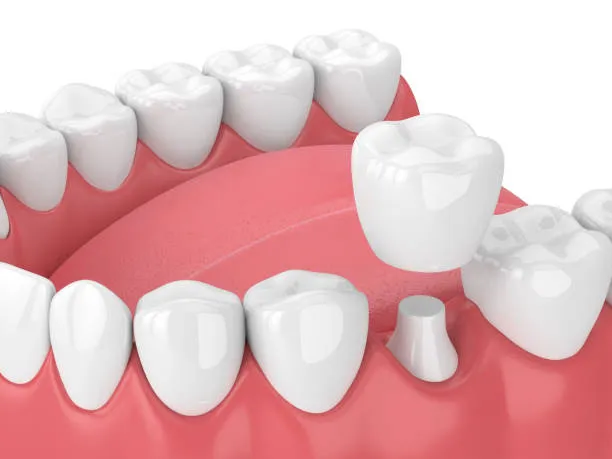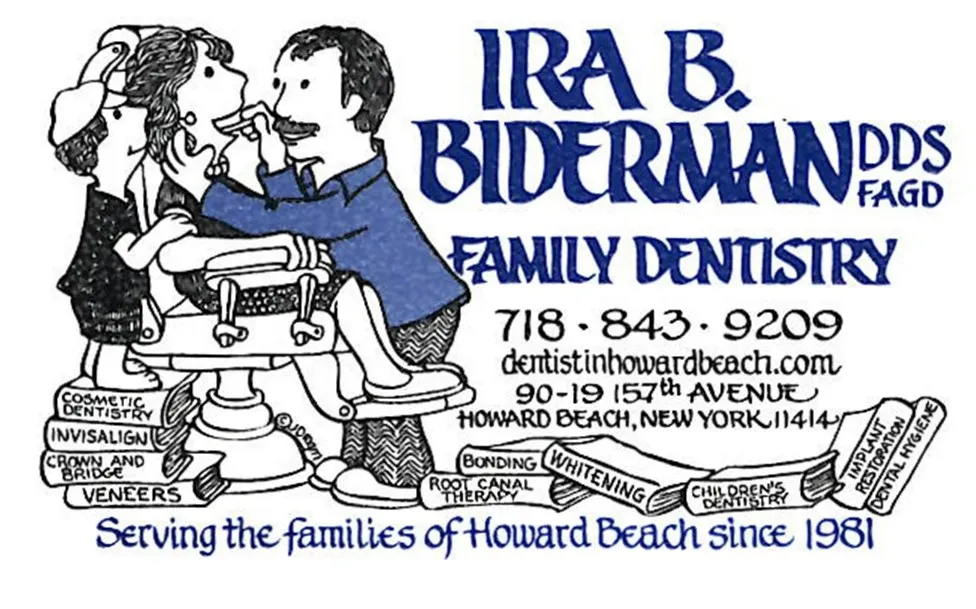Dental Crowns Howard Beach, Queens NY
Dental crowns, also known as dental caps, are a type of dental restoration that are commonly used to restore damaged or decayed teeth. They are designed to fit over the entire tooth, covering it completely to provide both protection and aesthetic improvement. In this article, we’ll explore what dental crowns are, why they’re used, and what the process of getting a dental crown entails.
What are Dental Crowns?
A dental crown is a custom-made cap that fits over the existing tooth, effectively covering the visible portion of the tooth above the gum line. Crowns can be made from a variety of materials, including porcelain, ceramic, metal, or a combination of materials, and are designed to match the color and shape of your existing teeth.
Why are Dental Crowns Used?
Dental crowns are used for a variety of reasons, including:
– Restoring a decayed or damaged tooth
– Protecting a weakened tooth from further damage or decay
– Improving the appearance of a misshapen or discolored tooth
– Covering a tooth that has undergone root canal therapy
– Supporting a dental bridge
– Covering a dental implant
What is the Process of Getting a Dental Cap?
Getting a dental crown typically involves several steps. Here’s what you can expect:

Step 1: Tooth Preparation – The first step in the process of getting a dental crown is to schedule a consultation with your dentist. Your dentist will perform a thorough exam and take X-rays to determine the health of the tooth that will receive the crown, and to ensure that there is enough healthy tooth structure to support the crown. If the tooth is severely decayed or damaged, your dentist may need to perform a root canal or other procedure to remove the infected or damaged tissue before placing the crown.
Step 2: Temporary Crown Placement – Once your dentist has determined that you are a good candidate for a dental crown, you will need to have two appointments. During the first appointment, your dentist will prepare the tooth by removing any decayed or damaged tissue, and then reshaping the tooth to make room for the crown. Your dentist will also take impressions of your teeth, which will be used to create a model of your mouth, and to make the custom-fit crown. Once the tooth is prepared, a temporary crown may be placed over it to protect it while the permanent crown is being fabricated.
Step 3: Crown Fabrication – At your second appointment, usually several weeks later, your dentist will bond the dental crown to your tooth, using a strong dental adhesive. Your dentist will carefully adjust the crown to ensure that it fits properly and that it does not interfere with your bite or your ability to chew and speak normally. Your dentist will also make any necessary adjustments to the crown to ensure that it looks and feels comfortable. The permanent crown is typically fabricated in a dental lab. The process can take several days or weeks, depending on the material used and the complexity of the design.
Step 4: Crown Placement – Once the permanent crown is ready, the temporary crown is removed, and the permanent crown is cemented onto the affected tooth. The dentist will ensure that the crown fits properly and feels comfortable in your mouth.
Post-Crown Placement
Once the crown is in place, you will need to take care of your teeth and gums just as you would with your natural teeth. This includes brushing twice a day, flossing daily, and visiting your dentist for regular check-ups and cleanings. With proper care, dental crowns can last for many years, sometimes up to a decade or longer.
There are a number of factors to consider when choosing a dental crown, including the type of material, the cost, and the overall look and feel of the crown. Porcelain and ceramic crowns are popular choices because they are strong, durable, and they can be colored to match your existing teeth, making them virtually invisible. Metal crowns, such as gold or stainless steel, are also strong and durable, but they are often less popular due to their noticeable appearance.
The cost of a dental crown will also depend on the location of the damaged or decayed tooth. A front tooth crown will be higher than the cost of a dental crown for a back tooth. The cost of a dental crown can also depend on the dentist’s experience and reputation.
More experienced and reputable dentists may charge more for dental crowns than less experienced dentists. However, it’s important to keep in mind that the cost of a dental crown should not be the only factor when choosing a dentist. If you have dental insurance, it is important to understand what your plan covers and what your out-of-pocket expenses will be.
In conclusion, dental crowns are a common solution for restoring damaged or decaying teeth, and can provide strength, protection, and improved appearance to teeth that are too weak to support other types of restorations.
Crowns are custom-made and designed to match the color and shape of your existing teeth, and can be made from a variety of materials, including porcelain, ceramic, metal, or a combination of materials. The cost of a dental crown can vary widely, but with proper care and attention, dental crowns can last for many years, and can help improve your overall oral health and well-being. If you have questions about dental crowns, talk to your dentist to determine the best course of action for your budget and dental health.
We are here for all your dentistry needs
For any questions or to schedule an appointment, fill out the form or give us a call today!
For an appointment call:
718-843-9209
© 2023 DentistinHowardBeach.com. All Rights Reserved
